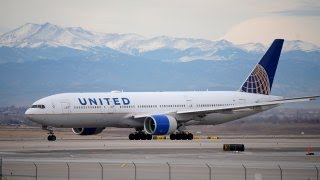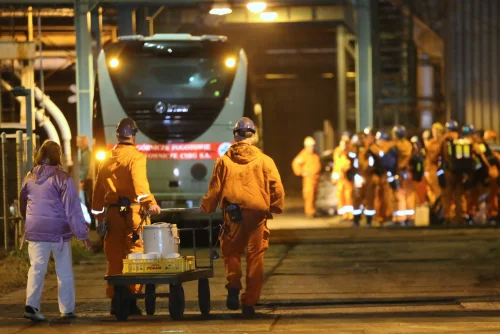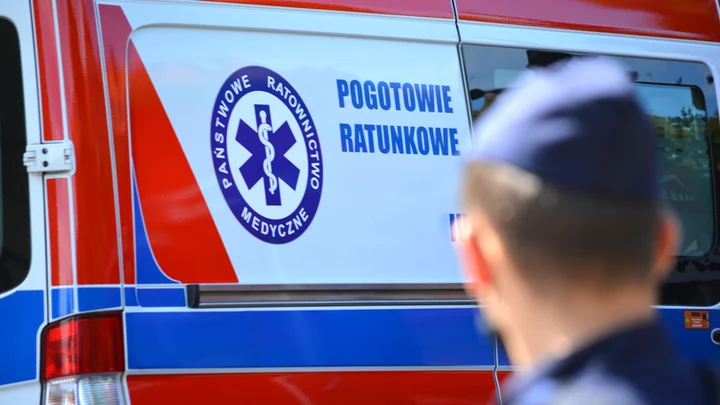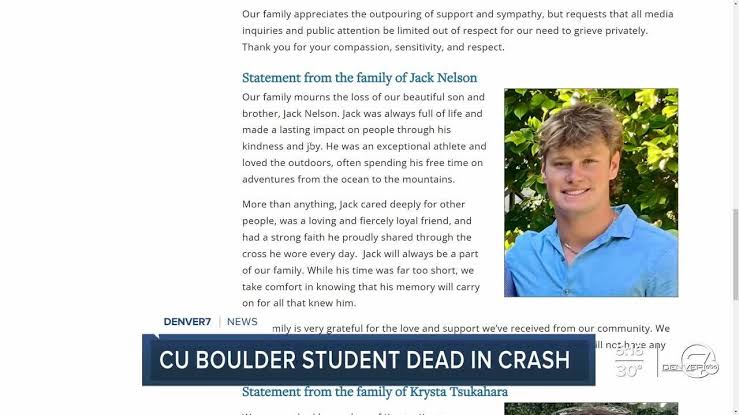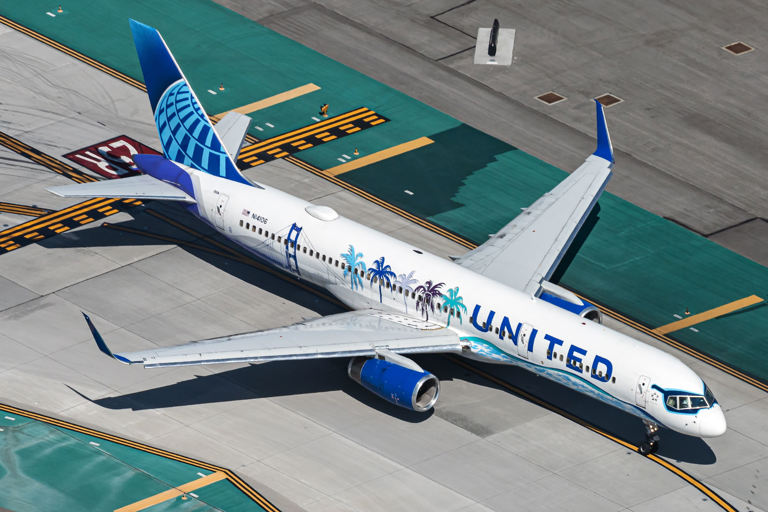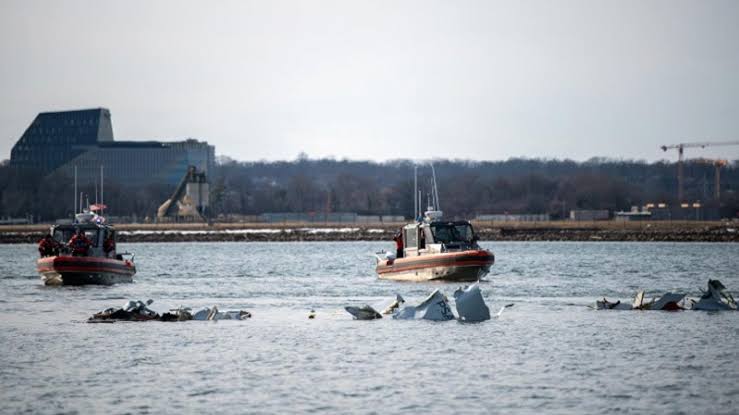Pilot of United Airlines jet that slid off taxiway says brakes seemed less effective than usual
The incident that took place in Houston last month was one of several in a string of incidents for United Airlines, causing the company’s CEO to issue a statement reassuring passengers.The captain of a United Airlines jet said the brakes seemed less effective than normal and the plane and brake pedals shook violently just before the Boeing 737 Max slid off a taxiway in Houston last month.
According to a preliminary report released Thursday by the National Transportation Safety Board, the pilots were uncertain about ground conditions as they broke through clouds and saw the runway at George Bush Intercontinental Airport.On April 4, 2024, a United Airlines Boeing 737 Max jet experienced a runway excursion at Houston’s George Bush Intercontinental Airport. The aircraft, arriving from a domestic flight, slid off the taxiway after landing. The captain reported that the brakes seemed less effective than usual, and both the aircraft and brake pedals shook violently during the incident.
Incident Overview
The flight had landed safely and was taxiing towards the gate when the crew noticed a decrease in braking efficiency. Despite applying the brakes, the aircraft failed to decelerate as expected, leading to a runway excursion. Emergency services responded promptly, and there were no reported injuries among the passengers and crew.
Pilot’s Account
According to the captain’s statement, the braking system did not respond as anticipated. The reduced effectiveness and the unusual vibrations in the brake pedals raised immediate concerns about the aircraft’s ability to stop safely. The crew’s timely communication and coordination with ground control ensured a swift response to the situation.
Preliminary Investigation
The National Transportation Safety Board (NTSB) initiated an investigation to determine the cause of the braking issue. Initial assessments focused on potential mechanical failures within the braking system, environmental factors such as runway conditions, and recent maintenance records of the aircraft. Investigators aimed to identify whether the problem was an isolated incident or indicative of a broader systemic issue.
Historical Context
This incident is not the first where braking issues have led to runway excursions. For instance, on May 3, 2019, Miami Air International Flight 293, a Boeing 737-800, overran the runway at Naval Air Station Jacksonville and ended up in the St. Johns River. The NTSB attributed the accident to poor braking conditions following heavy rain, which led to hydroplaning. Contributing factors included the lack of runway grooving and the flight crew’s failure to execute a go-around when the approach became unstable.
Similarly, on November 11, 1965, United Airlines Flight 227, a Boeing 727-22, crashed short of the runway while attempting to land at Salt Lake City International Airport. The Civil Aeronautics Board (CAB) investigation concluded that the captain’s misjudgment during the approach led to the accident. The aircraft was too high and too close to the airport, resulting in a steep descent rate. Upon landing, the severe impact caused the landing gear to collapse, leading to a fire that accounted for all 43 fatalities.
Safety Recommendations
In light of these incidents, the NTSB has consistently emphasized the importance of proper aircraft maintenance, thorough pre-flight checks, and adherence to standard operating procedures. For the recent United Airlines incident in Houston, the investigation may lead to specific recommendations aimed at preventing similar occurrences in the future. These could include enhanced pilot training for handling unexpected braking issues, improved maintenance protocols, and potential design reviews of the braking systems in Boeing 737 Max aircraft.
While the exact cause of the braking issue in the April 4, 2024, incident remains under investigation, the aviation industry’s commitment to safety ensures that such events are thoroughly examined. The findings will likely contribute to further improvements in aircraft design, pilot training, and operational procedures, reinforcing the industry’s dedication to passenger safety.
